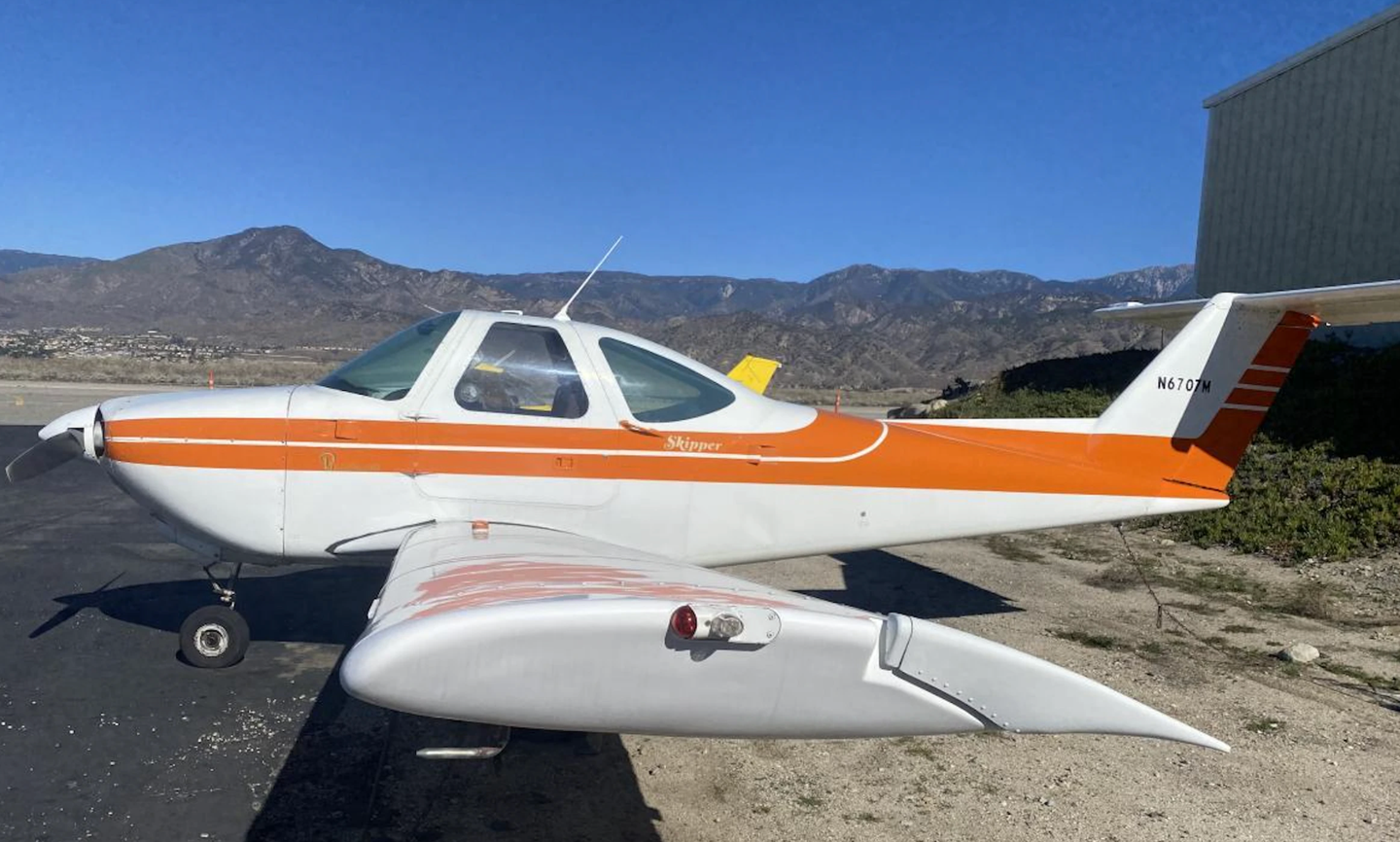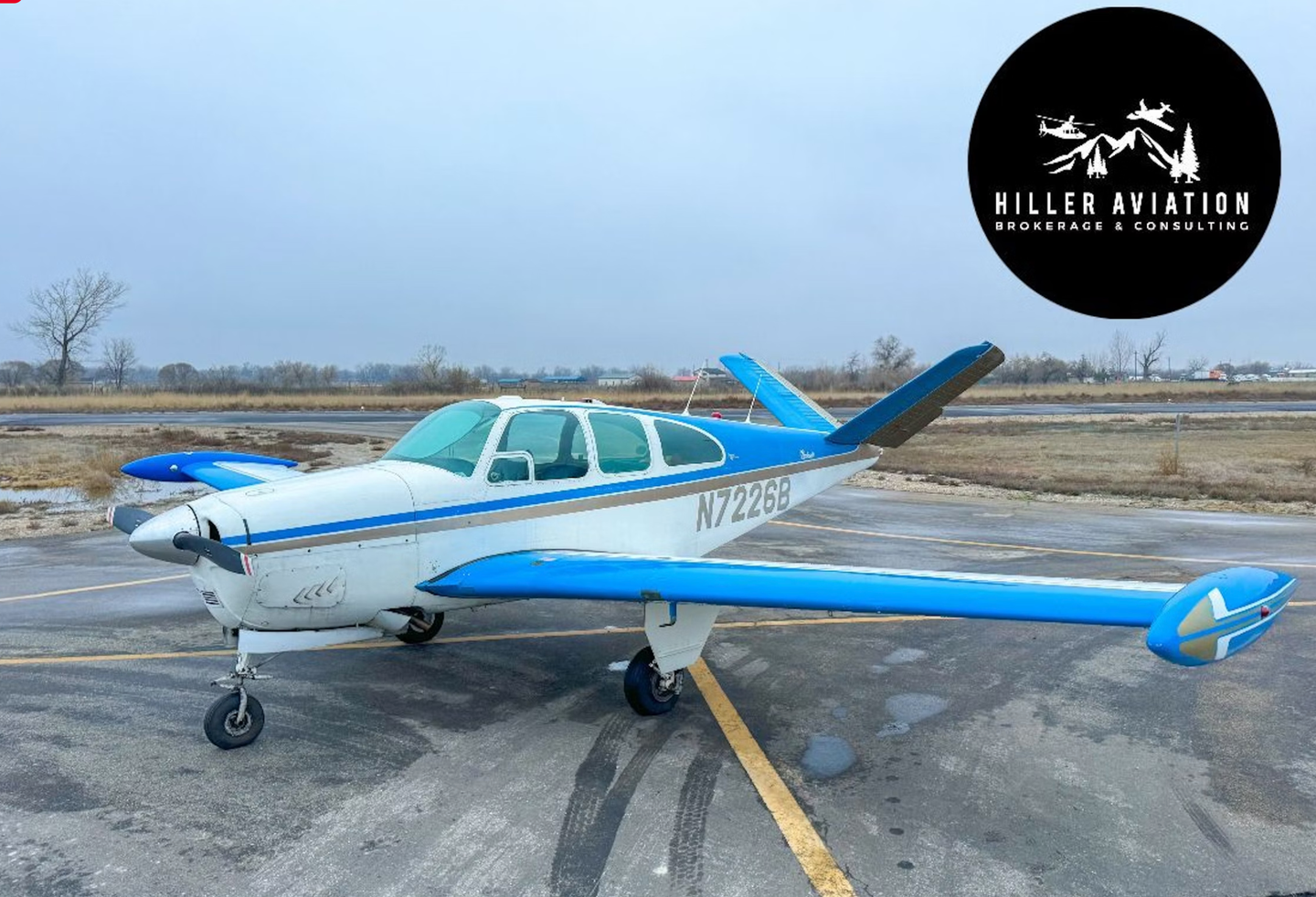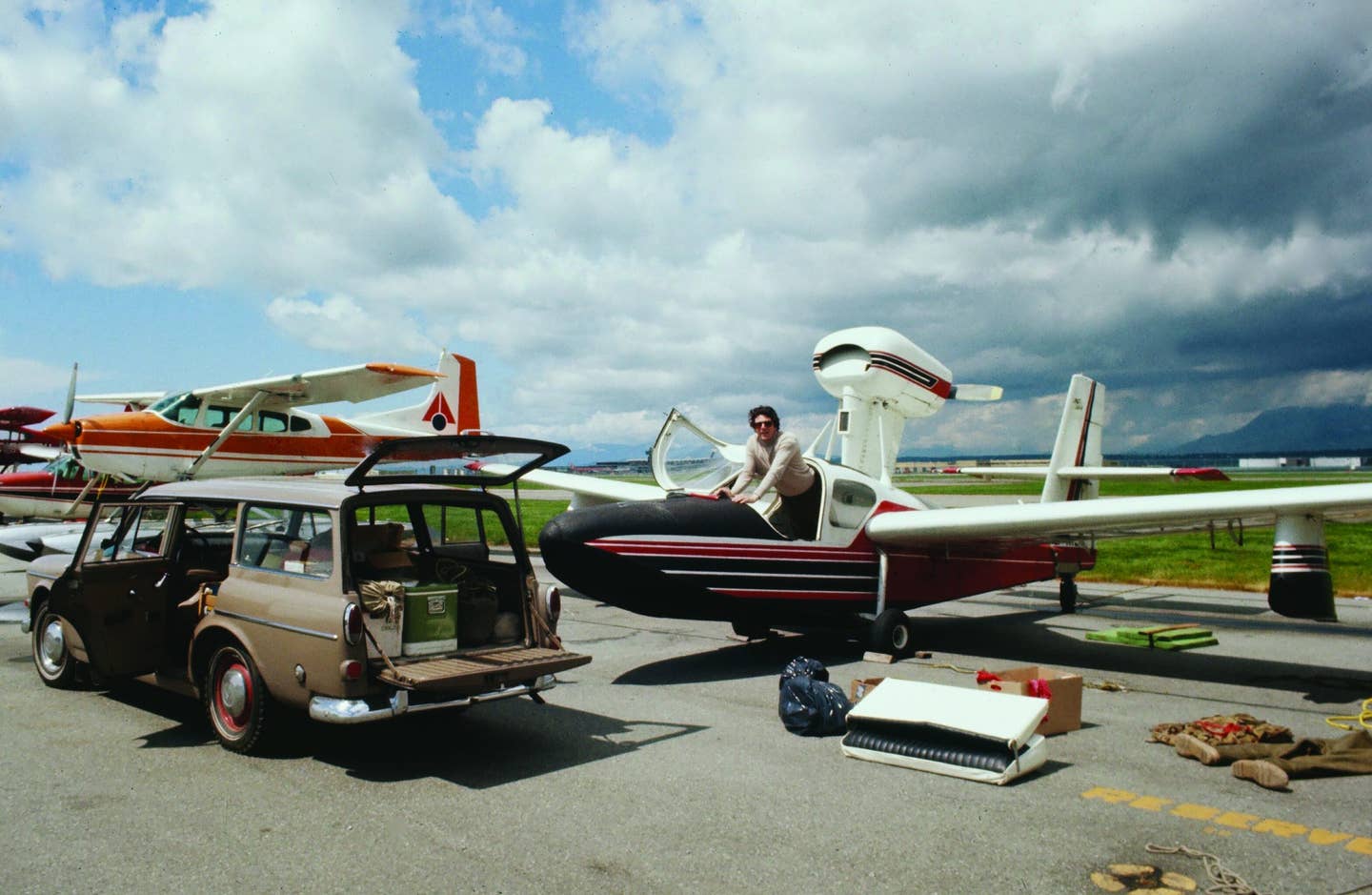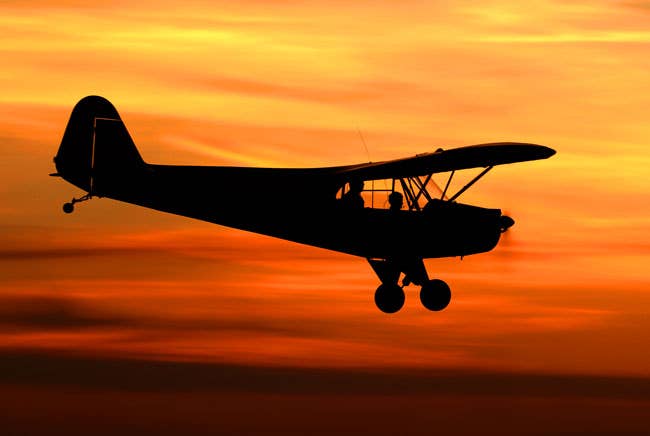The Ultimate Bonanza: Glass And Fast
This high flyer can carry six people at 200 MPH
Most new pilots build time in low-performance airplanes before moving up to faster, more complex airplanes. Not Dee Winston---he cuts straight to the chase. A brand-new glass-paneled Bonanza G36 was the perfect fit for his growing business. The fact that he didn't have a fixed-wing pilot's license wasn't a factor.
Choosing a Bonanza was simple for Winston. As he explains, "My mom and dad both had Bonanzas when I was growing up. I remember my dad fiddling with the throwover yoke and the electric prop on his 1949 Bonanza. He had it for more than 30 years. My dad used a helicopter in his timber business, and I learned to fly that. My company branched out into highway construction, and the helicopter has been perfect for anything within a 100-mile radius. With about 4,000 hours in helicopters, mostly in turbines, I'm very comfortable in rotorcraft. These days I have businesses in west Texas, Louisiana and Mississippi, and the helicopter is just too slow. Driving would take three times longer.
"I investigated all the new airplanes out there, and in my opinion, the Bonanza provided the best quality and performance for the money. I got my fixed-wing private license in a Cessna 182 with the Garmin G1000 panel, so the transition to the Bonanza was a natural for me."
Winston, who received one of the earliest Bonanza G36s, remembers, "It took several months to take delivery because of certification issues with the G1000 panel and the new Garmin autopilot. I'm planning on doing the 10-day PIC instrument training course, and in this airplane, I expect it will be easier."
Raytheon's G36 Bonanza, equipped with the Garmin G1000 flat-panel display system, is the launch customer for the GFC 700 autopilot, which is tightly integrated with the avionics system. "The G1000 with the autopilot has a flight director, vertical speed, altitude select and other things," says Winston. "It works much better than the G1000/ King autopilot system installed on the Cessna 182. It makes the airplane very easy to fly. The pictorial presentation of the Garmin is so easy to learn. There's so much information that I have to remind myself to look out the window!"
Bonanzas have always been an upscale mode of personal transportation. From the first model in 1947 to the latest one rolling off the 2006 production line, they've provided speed and comfort to business and personal travelers alike. Quality, speed and versatility are Beechcraft hallmarks. Today's Bonanza has evolved from the early V-tail model (equipped with ruddervators) to four-place straight-tail versions and the stretched six-seat A36. Unlike some general aviation aircraft, the Bonanza is designed to operate in the utility category and is stressed to 4.4 positive G's and 1.76 negative G's. Straight-tail Bonanzas have been used as primary trainers by governments and airlines such as Lufthansa and JAL.
A standard A36 with a 12-foot, 7-inch cabin length arguably has the largest cabin size of any single-engine aircraft on the market. Add air-conditioning, stereo headsets, lots of shoulder room and an exquisite leather interior with club seating, and you have a spacious, comfortable traveling machine. Don't forget the clamshell doors for the rear occupant---just shy of four feet wide and three feet high, they make the Bonanza a most convenient airplane for passenger access.
The empty weight of the Bonanza A36 has grown from an average of 2,230 pounds (for early models) to the 2,480-pound G36. With air-conditioning and a few other items, a new Bonanza tips the scales at more than 2,580 pounds. Gross weight has also increased over the years. Originally equipped with the 285 hp Continental IO-520, the airplane grossed at 3,400 pounds. Today's airplane, with the 300 hp IO-550-B can carry 3,650 pounds into the air. Cruise speeds haven't suffered with the increase in weight. The new Bonanza has a true airspeed of 173 knots, whereas the older version can only do 166 knots. To do that in air-conditioning is the height of luxury, especially in Texas.
The glass version of the Bonanza A36 took several years in the making. Garmin was determined to create a seamless navigation and display system that did it all. Flight information, navigation and communication are all depicted on two 10-inch sunlight-readable screens. The list of technology goes on---digital air-data computers; solid-state attitude and heading sensors; traffic, terrain, weather radar; datalink weather; and XM radio. Worldwide terrain and obstacle data combined with electronic checklists, reduced vertical separation minimums (RVSM), 16-watt, 8.33 kHz radios and IFR Oceanic-approved GPS round out an incredibly sophisticated system for any airplane, much less a general aviation aircraft. With all the bugs worked out and certification in hand, Raytheon expects to deliver at least two G36s a month.
The interesting thing is that the Garmin 1000 isn't just a GPS navigator like Garmin's more famous 430/530 products. The G1000 system brings all the tasks and chores of old-style flying into two simple-to-read screens. Even engine data, fuel computation and performance data is tracked. If the G1000 detects a problem with its own operation, it will log the error, and a maintenance technician can easily keep track of and fix the problem. All of the boxes that make up the G1000 system are known as line-replaceable units (LRUs) and can be swapped out within minutes of finding a fault.
Perhaps the best feature of the G1000 system is that, as sophisticated as the hardware is, the software can be updated within seconds---you'll always be flying behind the latest system. With the current software release, you can tailor the displays to your personal preference.
There are few additional options that can be added to an airplane like Dee Winston's brand-new G36. However, Winston, like all pilots, can't help but consider a few modifications---items like tip tanks and a turbonormalizer system from Tornado Alley Turbo (www.taturbo.com) in Ada, Okla. The TAT system is transformational, enabling the Bonanza to maintain sea level horsepower to 20,000 feet at fuel flows of 17.5 gph. With 300 hp, the TAT system converts a Bonanza G36 to a 190- to 200-knot screamer in the flight levels. The system weighs around 80 pounds installed, but comes with a gross weight increase to 4,000 pounds. Without a doubt, there isn't another single-engine piston-powered airplane on the market that can carry six people, bags and enough fuel to go anywhere at 200 mph.
The G36 is the ultimate Bonanza, a high and fast flyer that can haul a load anywhere. As Dee Winston says, "All I can say is that I love it!"
SPECS: G36 Bonanza N936EW

Subscribe to Our Newsletter
Get the latest Plane & Pilot Magazine stories delivered directly to your inbox






